BEGINNER’S GUIDE TO DERMAPLANING
It seems like there’s a new cosmetic treatment on the market every time we turn around. There’s nothing really wrong with advancing technology and finding new ways to take care of our skin, but we know the growing list of choices can sometimes be overwhelming to the average Jane. It’s a challenge just to stay in touch with the industry even when you’re working in it yourself, sometimes!
This is exactly why we aren’t surprised when clients don’t know about dermaplaning in the first place. Just what exactly is this new tech and how does it work? We’ll explain this procedure and its benefits here. Ready to go on a little knowledge adventure?
Let’s dive in!
WHAT IS DERMAPLANING?
Dermaplaning is a relatively simple technique during which a very fine scalpel is used to shave the entire face. We’re not talking about whisking away a few darker moustache hairs or the errant hairs that grow under your chin – in fact, we aren’t even talking about removing just the thicker hormonal hairs most women experience after 35. Instead, dermaplaning is about shaving the entire face.
The process removes dead skin cells from the top layer of your skin, taking your vellus hair with is. Vellus hair is the very fine “peach fuzz” hair you have on your entire face. This is different from your eyebrows or the hair that grows in your nose.
Contrary to popular opinion, vellus hair does not grow in darker or thicker after you shave it off. It sometimes feels a little different to the touch, but only because the scalpel cuts it off straight – letting you more easily feel the edge of the hair. Vellus hairs grow back exactly as they did prior to shaving, with the same texture and at the same rate.
Vellus hair has a tendency to collect dirt, oil, dead skin cells, and even environmental toxins. These substances stubbornly remain on the surface of your skin. Removing the hair also removes these substances, keeping your skin cleaner for a longer period of time. It also reduces your odds of developing adult acne and other skin irritations.
WHO CAN BENEFIT FROM DERMAPLANING TREATMENT?
Unfortunately, dermaplaning isn’t really for everyone. This technique is great for people who have especially dry skin as they tend to accumulate more dead skin cells over a shorter period of time. The same can be said for mature women, as the aging process also slows down the cell turnover process. This factor results in dead skin cell build-up that can make the skin appear dull or uneven in tone. People with sun damage, and fine lines, are great candidates, too.
Patients with light, superficial acne scars may find dermaplaning helpful in minimizing the appearance of scar tissue. But dermaplaning’s usefulness in this area is limited; it won’t help to eliminate deep pitted scars. Individuals with active acne, especially oily skin, or very thick or dark facial hair should avoid dermaplaning, too, because there is a much higher risk of skin irritation, stubble, razor rash, and ingrown hairs.
PROS & CONS
The pros? You’re going to seriously love the way your makeup looks after you’ve had a dermaplaning procedure. The lack of peach fuzz will leave your foundations looking smoother than ever, with easy application. All of your regular skin care products will absorb more efficiently, too, since they will no longer be struggling to absorb through your hair and dead skin. Want that coveted dewy, even, airbrushed foundation look? This is one of the best ways to get it.
The cons? The cost is a consideration. The average dermaplaning treatment can cost anywhere from $100 to $250 or more depending on the aesthetician or doctor conducting the procedure. Results last an average of four weeks, making this a somewhat expensive procedure to repeat on a regular basis.
That said, it isn’t exactly a procedure you want to try at home – despite the number of at-home kits on the market. Aestheticians skillfully use equipment like special scalpels and gentle hand techniques to resurface your skin without scraping it up or causing damage. Shaving with a razor may be touted as a great alternative, but it’s really not the same thing and won’t give your skin the precision treatment it needs for optimal results.
And trying to use a scalpel on your face? That’s even riskier. Using the incorrect equipment or the wrong pressure can lead to microabrasions and cuts that, in turn, cause infection. And that’s just no good.
PRE-TREATMENT
Dermaplaning doesn’t require as much prep as other more in-depth services, like chemical peels. The most important prep step is to stop using chemical or exfoliating treatments at home anywhere from three to five days before your appointment. Discontinue your use of retinol products, too – but talk to your doctor first if they’re prescribed.
Do you wax or have your eyebrows threaded? Make sure you have that done at least seven to 14 days before your dermaplaning session. Both can cause the skin to become too sensitive, which may increase pain and inflammation risk.
Avoid direct sunlight for at least five to seven days after your treatment. When you do go out, use a good, high-SPF sunscreen (try 60 SPF or above). You definitely don’t want to try to shave or scrape skin that is burnt — ouch!
Acne breakouts and open wounds don’t respond well to this procedure, either. Talk to your aesthetician about rescheduling if you aren’t sure. Give them a call a couple of days in advance if you have concerns.
POST-TREATMENT
The good news is that there is no downtime after a dermaplaning session. Some people with extremely sensitive skin experience a little bit of redness, but even this isn’t very common. You can make this appointment for any point in your day and then resume your regularly scheduled activities the second you leave the office.
While you should obviously wear sunscreen on a daily basis, you should be extra-conscious to use it post-treatment. Exfoliation tends to make the skin more sensitive to the sun, which may mean you burn faster than you normally would (in a tanning bed or outside). People who are anti-sunscreen may want to skip this procedure as the risk of burn damage isn’t worth the cosmetic boost.
Remember that no two medical providers are exactly alike. Make sure you ask your friends for referrals, read reviews online, and take your time choosing a clean, ethical facility with a strict focus on patient care. Dermaplaning isn’t an invasive procedure, but you still need to do it right to avoid complications. Don’t feel like you have to have your procedure on the same day as your consultation, either; you have the right to talk to as many aestheticians as you feel you need until you are comfortable.
 None
None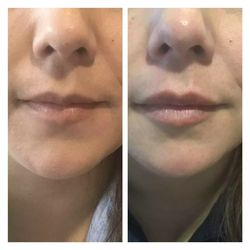 None
None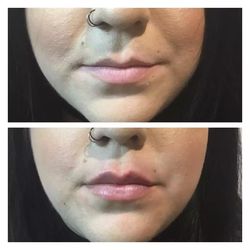 None
None None
None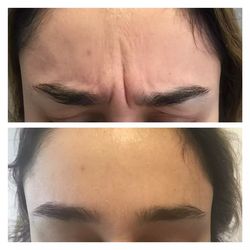 None
None None
None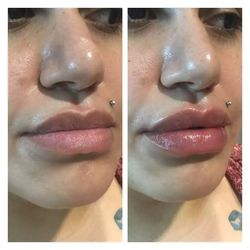 None
None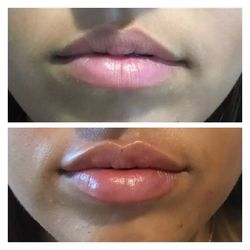 None
None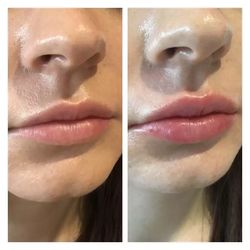 None
None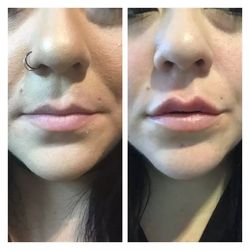 None
None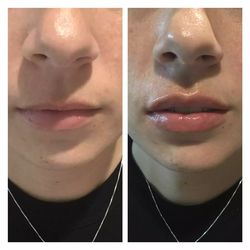 None
None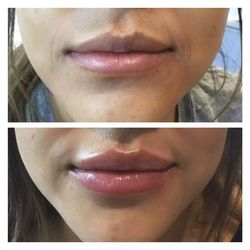 None
None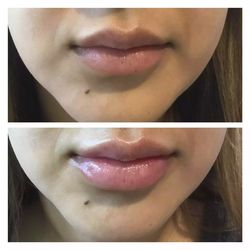 None
None None
None None
None None
None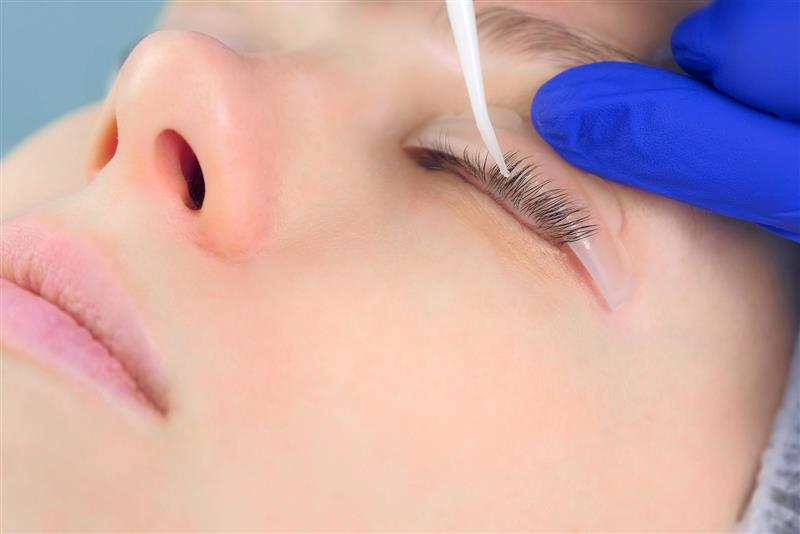

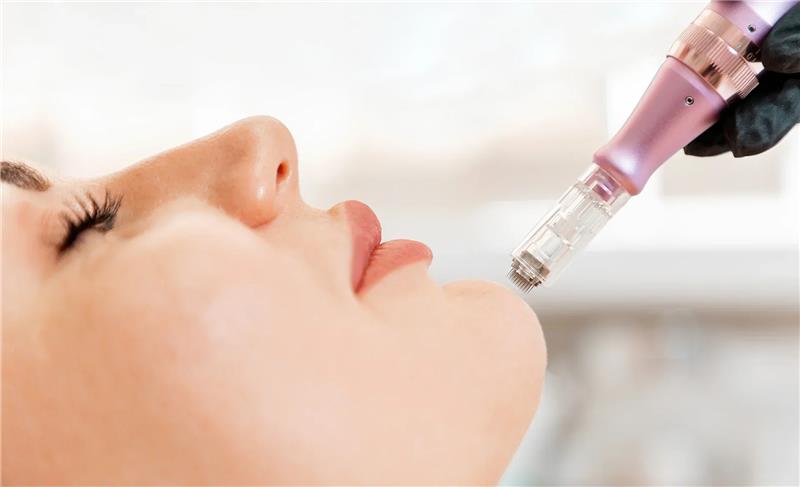

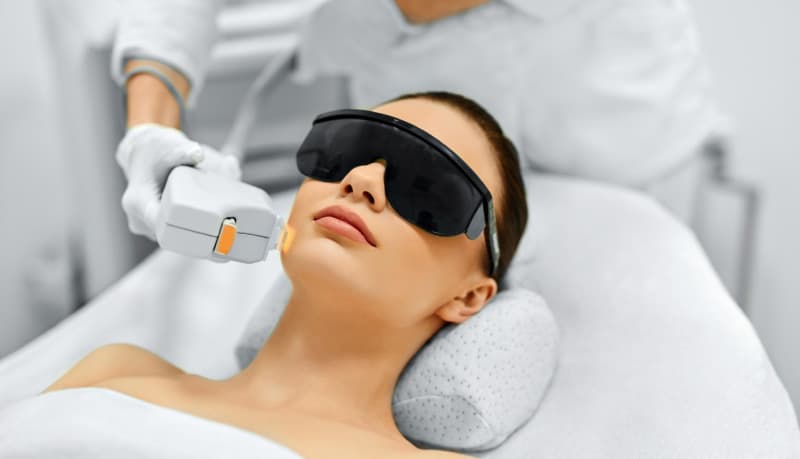









0 comments